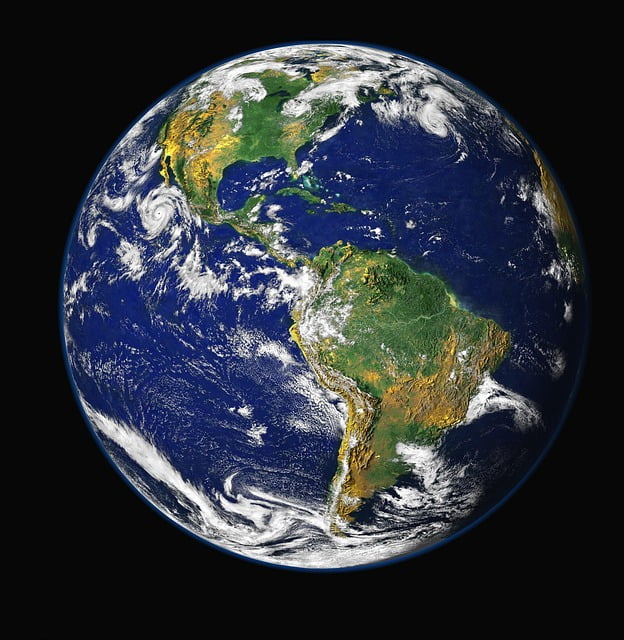The mesmerizing celestial sphere known as Earth has been attracting human curiosity since the earliest moments of our existence on its landmass. And why wouldn’t that happen? It is not only our beloved abode, the birthplace of life as we recognize it, but it also stands as a singular celestial body where life thrives. Over the past centuries, our understanding of the Earth has increased, which has only intensified our intrigue.
Facts About Earth
Third Rock from the Sun:
Earth is the third planet from the Sun in our solar system.
Perfectly Positioned:
Earth occupies a position in the habitable zone, often referred to as the Goldilocks Zone, where environmental conditions are optimally conducive to the presence of liquid water.
Water World:
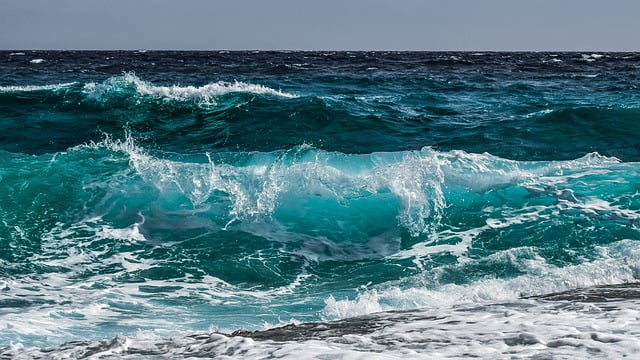
About 71% of the Earth’s surface is enveloped by water, and the predominant portion, accounting for 97.5%, is saline water found in the oceans.
Read More: 10 Interesting Facts about the Moon
Life Oasis:
Earth is the only known celestial body where life exists. The variety of ecosystems and biodiversity make it a unique haven for living organisms.
The Moon’s Partner:
Earth has one natural satellite, the Moon, which plays a crucial role in stabilizing its axial tilt and influencing tides.
Dynamic Atmosphere:

The Earth’s atmosphere consists mainly of nitrogen (78%) and oxygen (21%), supplemented by trace amounts of various other gases.
The Great Oxygenation Event:
Around 2.4 billion years ago, photosynthetic organisms released oxygen into the atmosphere during the Great Oxygenation Event, paving the way for aerobic life.
Read More: Exploring Intriguing and Unknown Facts about Our Home Planet
The Blue Marble:
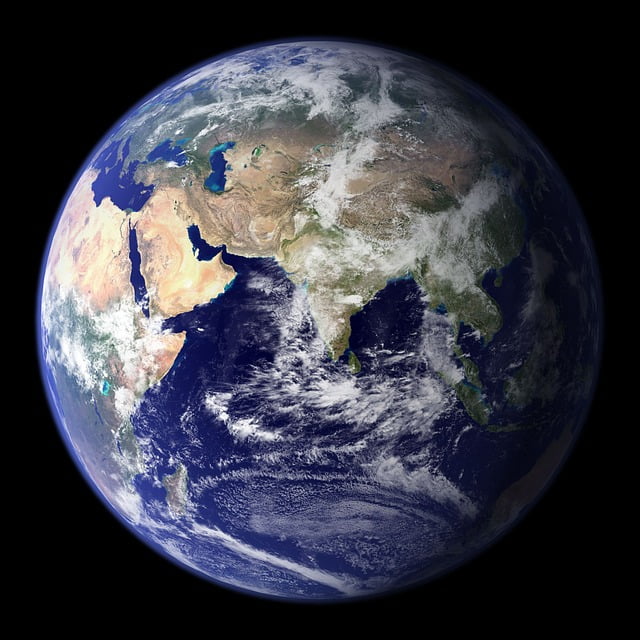
Earth earns the moniker “Blue Planet” because of its captivating blue hue when observed from space, a phenomenon attributed to its expansive oceans.
Continental Drift:
Continents are not stationary; they drift over time due to tectonic plate movements. This theory of continental drift was proposed by Alfred Wegener.
Read More: Effect Of Climate Change On Earth
Diverse Landscapes:
Earth’s diverse landscapes include mountains, valleys, deserts, forests, and more, creating a mosaic of habitats for various species.
The Largest Desert:
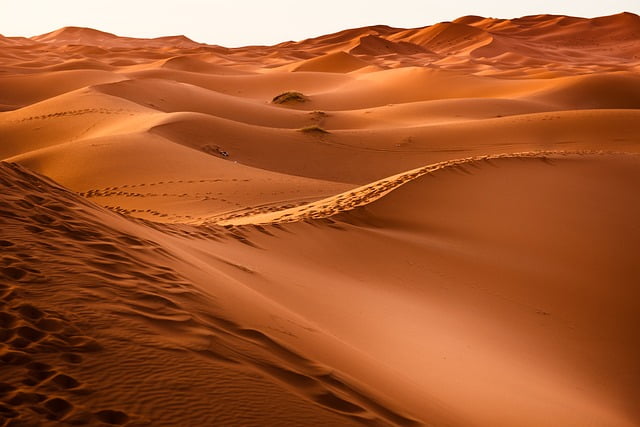
Antarctica is the largest desert on Earth, receiving minimal precipitation despite its icy appearance.
The Ring of Fire:
The Pacific Ring of Fire is a horseshoe-shaped zone with high seismic and volcanic activity, housing about 75% of the world’s active and dormant volcanoes.
Mount Everest’s Summit:
Mount Everest, the world’s highest peak, stands at 29,032 feet (8,848 meters) above sea level.
Earth’s Age:
Scientists estimate Earth’s age to be approximately 4.54 billion years, determined through radiometric dating of rocks.
Read More: Zealandia, Earth’s Hidden 8th Continent
The Ozone Layer:
The ozone layer in Earth’s atmosphere absorbs most of the Sun’s harmful ultraviolet (UV) radiation, protecting life on the planet.
Earth’s Magnetic Field:
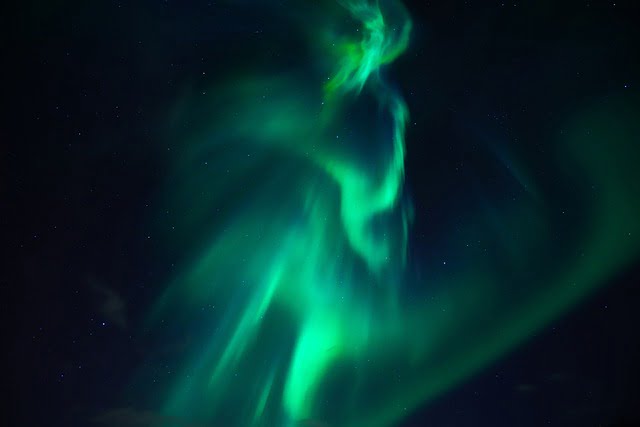
Our celestial companion, the Moon, shares a unique relationship with Earth known as tidal locking. Tidal locking is a fascinating phenomenon that occurs when a celestial body’s rotation period matches its orbit around another body.
The Great Barrier Reef:
The Great Barrier Reef, off the coast of Australia, is the world’s largest coral reef system and is visible from space.
The Leaning Tower of Pisa Effect:
The construction of the Leaning Tower of Pisa has affected local groundwater levels, leading to a change in tilt over the years.
Read More: Places on Earth That Don’t Feel Real
Earth’s Moon and Tidal Locking:
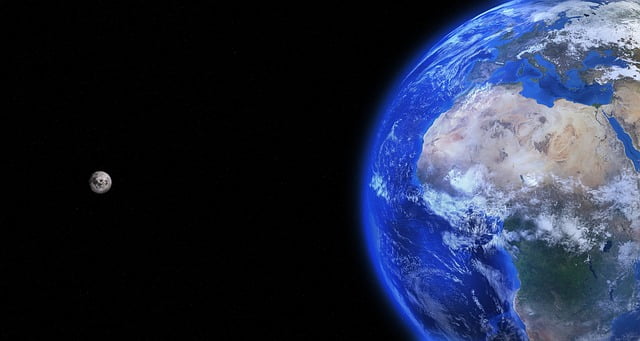
The Moon is tidally locked to Earth, implying that it consistently presents the same side, aligning its rotation period with its orbit around our planet.
Climate Variability:
Earth’s climate has experienced various periods, including ice ages and warmer interglacial periods, showcasing its dynamic climate system.
Read More: Exploring the Top 10 Grasslands in the World
These facts highlight the complexity and wonders of our home planet, showcasing the intricate interplay of geological, atmospheric, and biological processes that make Earth a truly remarkable celestial body.
